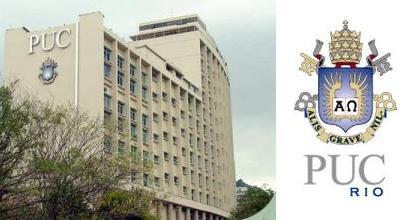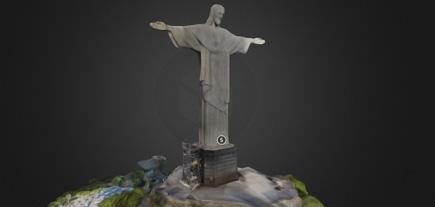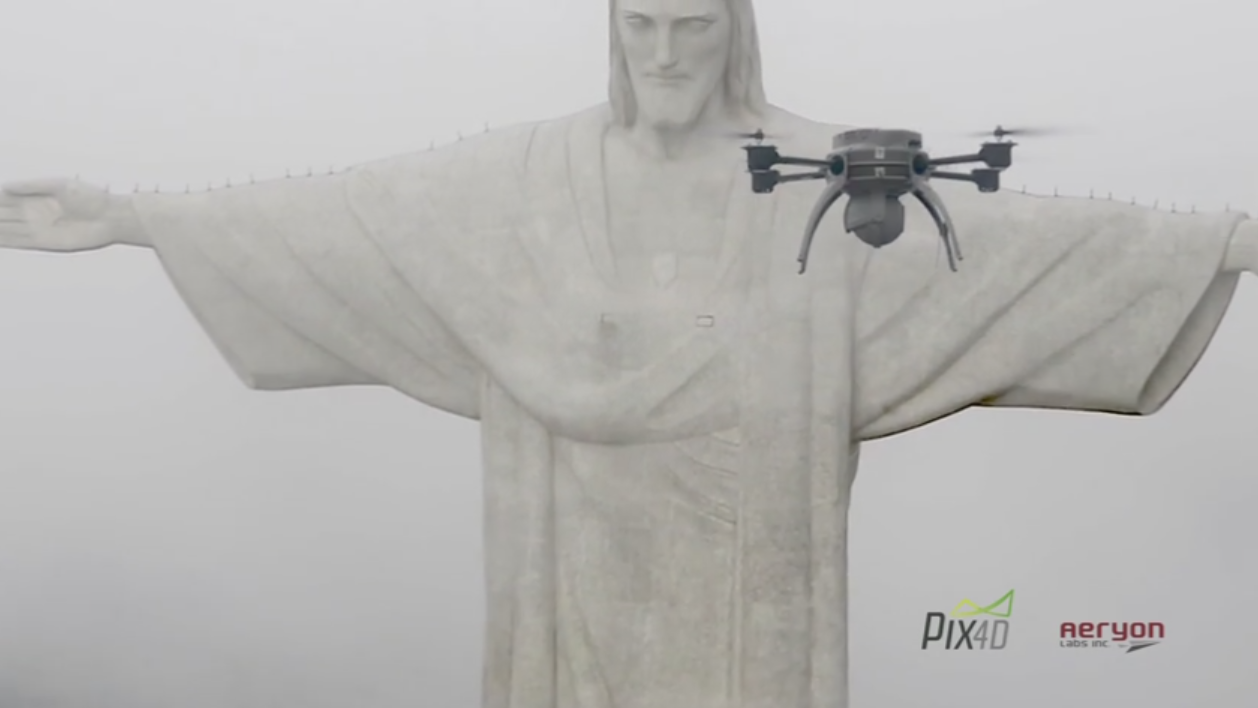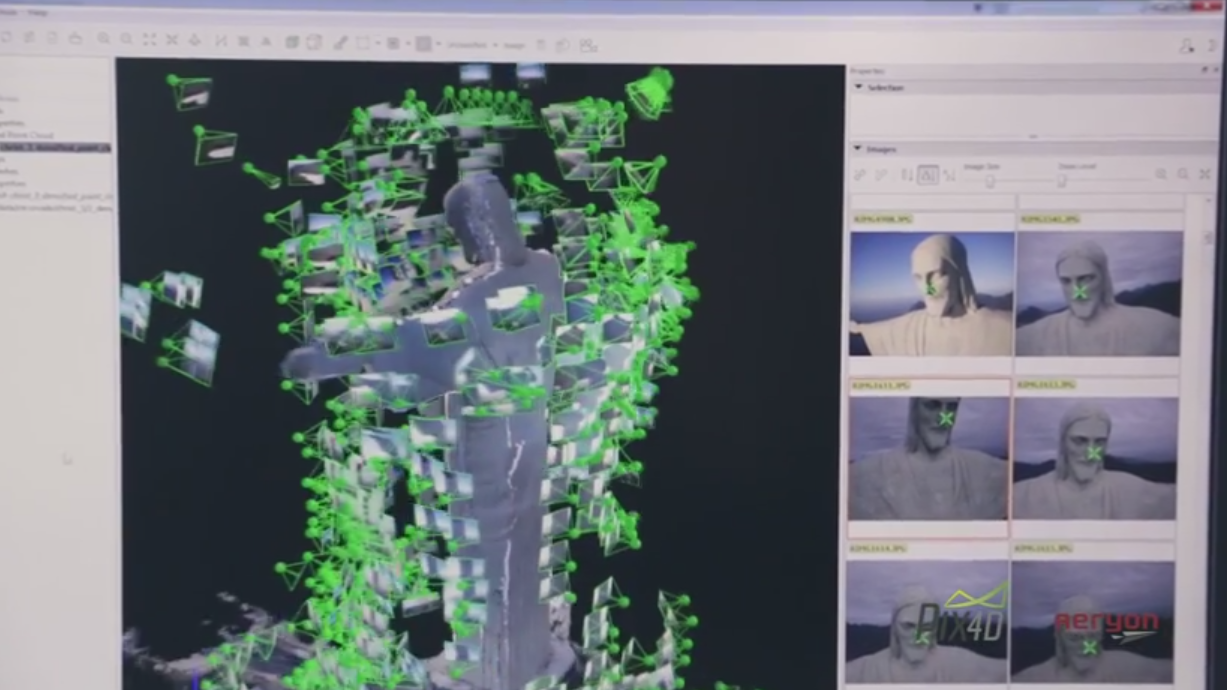 Boasting the largest number of Catholics in the world, it’s no surprise that Rio de Janeiro is home to a towering religious statue called Christ the Redeemer, which looms over Corcovado Mountain dramatically in the grey mist and weather. It’s most certainly a landmark worthy of quality replicas, but due to its size, geographical area, and general weather conditions, no one has been able to employ a scanner up to the massive task for compiling data of the statue in order to make something besides a rudimentary replica by hand.
Boasting the largest number of Catholics in the world, it’s no surprise that Rio de Janeiro is home to a towering religious statue called Christ the Redeemer, which looms over Corcovado Mountain dramatically in the grey mist and weather. It’s most certainly a landmark worthy of quality replicas, but due to its size, geographical area, and general weather conditions, no one has been able to employ a scanner up to the massive task for compiling data of the statue in order to make something besides a rudimentary replica by hand.
Drones are making many tasks easier these days though, and are not just relegated to military operations anymore, as evidenced in this project taken on by Pix4D, Aeryon Labs Inc., and Pontifical Catholic University of Rio de Janeiro. Pix4D is able to provide processing of images and data as their software a utomatically translates terrestrial and aerial imagery photographed by the drone.
utomatically translates terrestrial and aerial imagery photographed by the drone.
Aeryon Small Unmanned Aerial Systems provides exactly what their name describes in the form of drones that can be flown by anyone, in any conditions, controlled by a computer. While military uses abound for these products, they are also used by other civilian businesses as well as the public safety sector.
Aeryon products are known for their user friendliness and integrate with standard data processing software. They provide reliable data and can handle very rough weather. In the military, soldiers often use them for compound protection. Commercial uses are many — from surveying to agricultural needs to infrastructure inspections and even wildlife monitoring. Easily transported, the drones can be carried from point A to point B and can be in the air in a matter of minutes, and were the perfect solution for gathering images of the statue.
 Teaming up with the University, the goal was to collect enough data to make a high-quality 3D model of the Christ the Redeemer statue, which stands 38 x 28 meters (roughly 124 x 91 feet). They endeavored to obtain their data on six mornings, working around a number of factors such as unpredictable weather, restricted hours, and difficult lighting conditions. After some effort, they were able to get 3,584 images over a span of 19 flights which lasted 10 minutes each.
Teaming up with the University, the goal was to collect enough data to make a high-quality 3D model of the Christ the Redeemer statue, which stands 38 x 28 meters (roughly 124 x 91 feet). They endeavored to obtain their data on six mornings, working around a number of factors such as unpredictable weather, restricted hours, and difficult lighting conditions. After some effort, they were able to get 3,584 images over a span of 19 flights which lasted 10 minutes each.
Dividing the statue and the project into three sectors — the statue, base, and surrounding area — and nine subsectors, they were able to collect the data while challenged with reflection, background images, and issues regarding scale.
All of the images were processed using Pix4Dmapper Pro desktop software, with the resulting 3D model being a compilation of 134.4 million points, and as a full 3D textured mesh of 2.5 million triangles. The replica will be used and presented by the University for upcoming projects in the near future. The completed 3D digital model also opens the door to the potential to 3D print an exact replica of the famous statue.
Have you seen this statue in person? What do you think of the impact drones will have on being able to make other replicas of statues and sites in hard-to-reach areas? Tell us your thoughts in the Christ the Redeemer 3D Scan forum over at 3DPB.com. Check out the video below describing the project.
Subscribe to Our Email Newsletter
Stay up-to-date on all the latest news from the 3D printing industry and receive information and offers from third party vendors.
You May Also Like
InfinitForm Comes out of Stealth with AI Co-pilot for Manufacturing Design
As manufacturing goes digital, new software tools are proving to be the key to streamlining the connection between users and advanced manufacturing hardware. Whether that is artificial intelligence (AI) for...
3D Printing Webinar and Event Roundup: April 21, 2024
It’s another busy week of webinars and events, starting with Hannover Messe in Germany and continuing with Metalcasting Congress, Chinaplas, TechBlick’s Innovation Festival, and more. Stratasys continues its advanced training...
CDFAM Returns to Berlin for Second Annual Symposium
The second CDFAM Computational Design Symposium is scheduled for May 7-8, 2024, in Berlin, and will convene leading experts in computational design across all scales. Building upon the first event...
BMW Targets WAAM 3D Printed Test Parts for Vehicles Next Year
The BMW Group has long been a user and innovator in additive manufacturing (AM) technology, dating back nearly 35 years. Nevertheless, the auto giant never fails to impress in the...

































